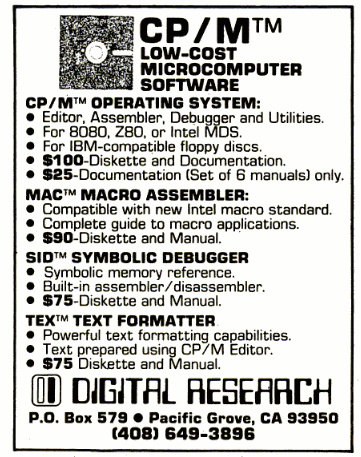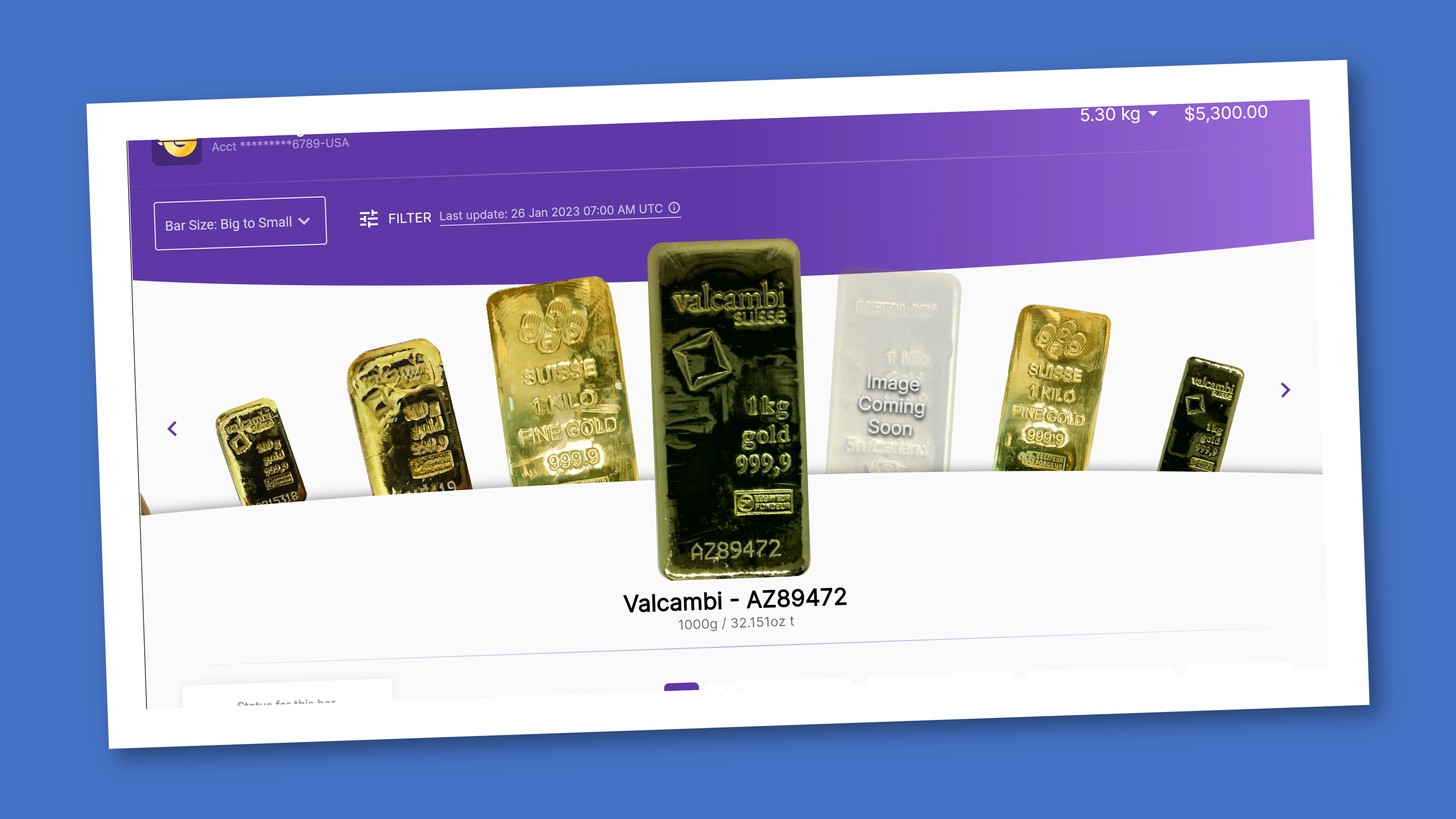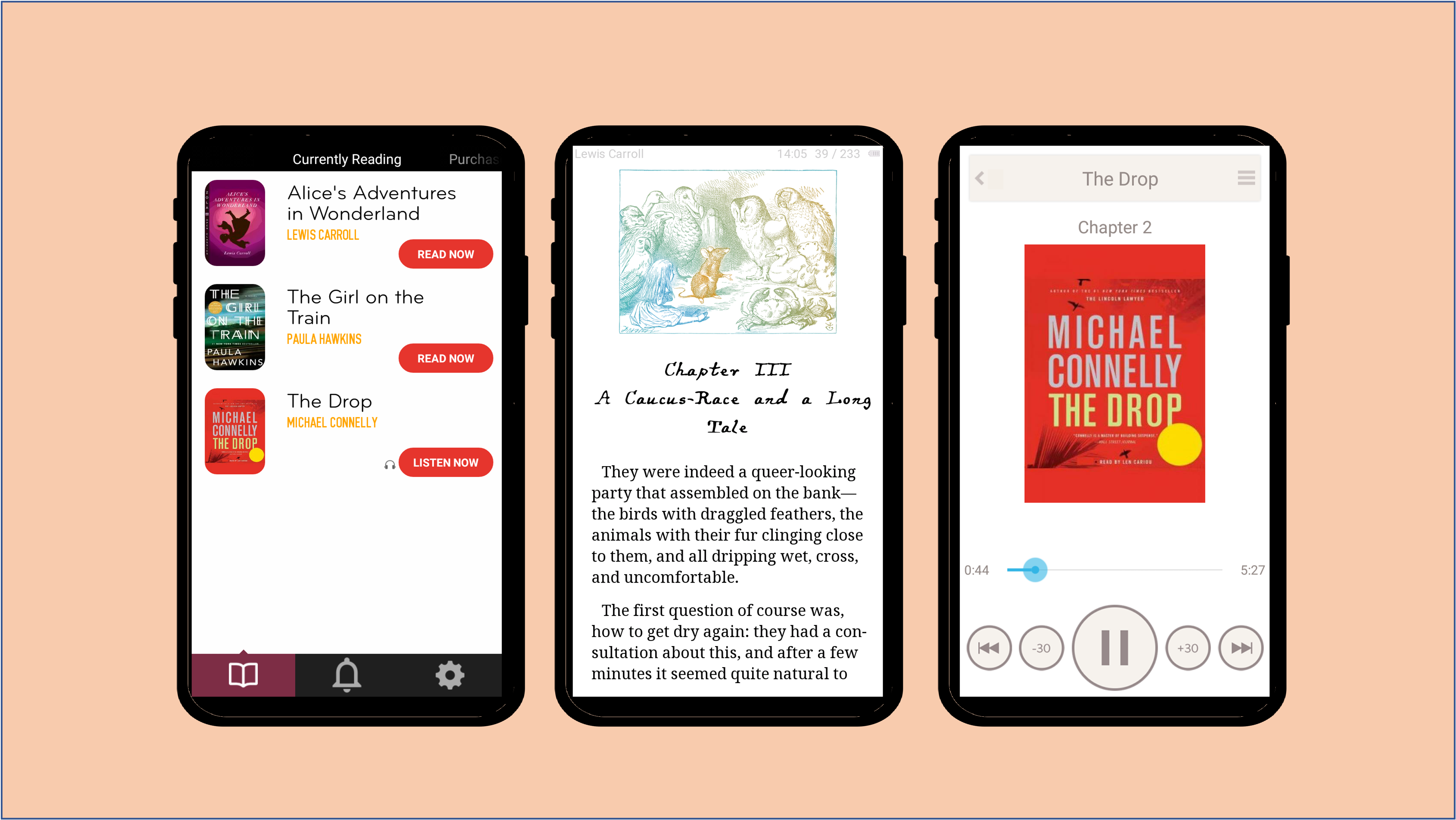Android SDK and customer service system integration layer to allow interactions with customers during and after phone calls. By my startup
CP/M Porting

A CP/M Ad
The
Product
My first official job after graduating the University of Pennsylvania’s Moore School of Electrical Engineering was for Lifeboat Associates (https://en.wikipedia.org/wiki/Lifeboat_Associates)
Lifeboat has a storied history in the tech world. It was the marketing and fulfillment arm of the Hobbyists. Indeed Bill Gates made most of his cash from Microsoft Basic through Lifeboat. He was often there and my boss was a very good personal friend of his.
Lifeboat would publish advertisements in some of the newly formed magazines selling the Hobbyists work. Most of these applications ran under the then dominant CP/M operating system. Lifeboat staffed phones to take orders, then copied diskettes and shipped the software in many many different floppy disk formats.
To increase market reach by allowing the software to run on the exploding set of machines that had Z80 processors, Lifeboat was the main ‘porter’ of CP/M to these machines. Indeed all the manufactures sent us machines to get CP/M live on their devices which included such things as stand-alone word-processing terminals that just happened to have been manufactured with Z80 CPUs
Someone recently got CP/M running on a tiny chip: https://blog.adafruit.com/2022/11/15/the-smallest-cp-m-microcomputer-ever-cpm-vintagecomputing-raspberrypi-hascksterio-raspberry_pi/
The
Work
I did all the ‘porting’ work. I could essentially get CP/M running on toaster in a few days. I do recall that Sanco 8001 pictured above and in the CP/M wiki link
Part of the work was to reverse engineer the floppy disk sector layout which was usually optimized for the speed of the machine. This information was fed into the Lifeboat fulfillment process (that duplicated floppies and shipped them to the customer) so that we could deliver the software in the correct format.
As I mentioned, my boss was good friends with Bill Gates. This friendship along with my reputation for porting CP/M led to a job offer from Bill… which I turned down at the time (and would have been like employee #20)… of course my billion dollar mistake.
This was one of my early ‘just get it done’ projects. By that time I had also done a home computer out of discreet integrated circuits (before ‘chips’ like the 6502 were available) as well as putting together an early hand-held video game prototype on my kitchen table that I presented (through the inventor of Boggle, whom I knew) to Ideal Toys. They thought it too expensive at the time to produce, but offered me a design job saying ‘You did it at your kitchen table for $100, it would have cost us at least a million to get to this prototype phase’
Related Work

View your gold, learn its history and see it’s blockchain backed ownership history. I conceived the idea, assembled a team and built it.

If you send a text message today to a friend on another carrier, there’s a 50% chance it went through my software. Many billions a day

